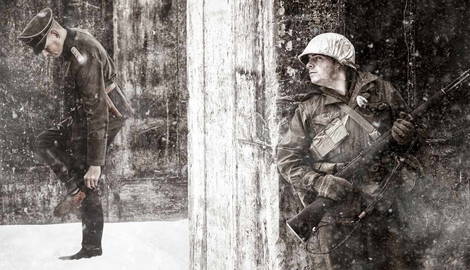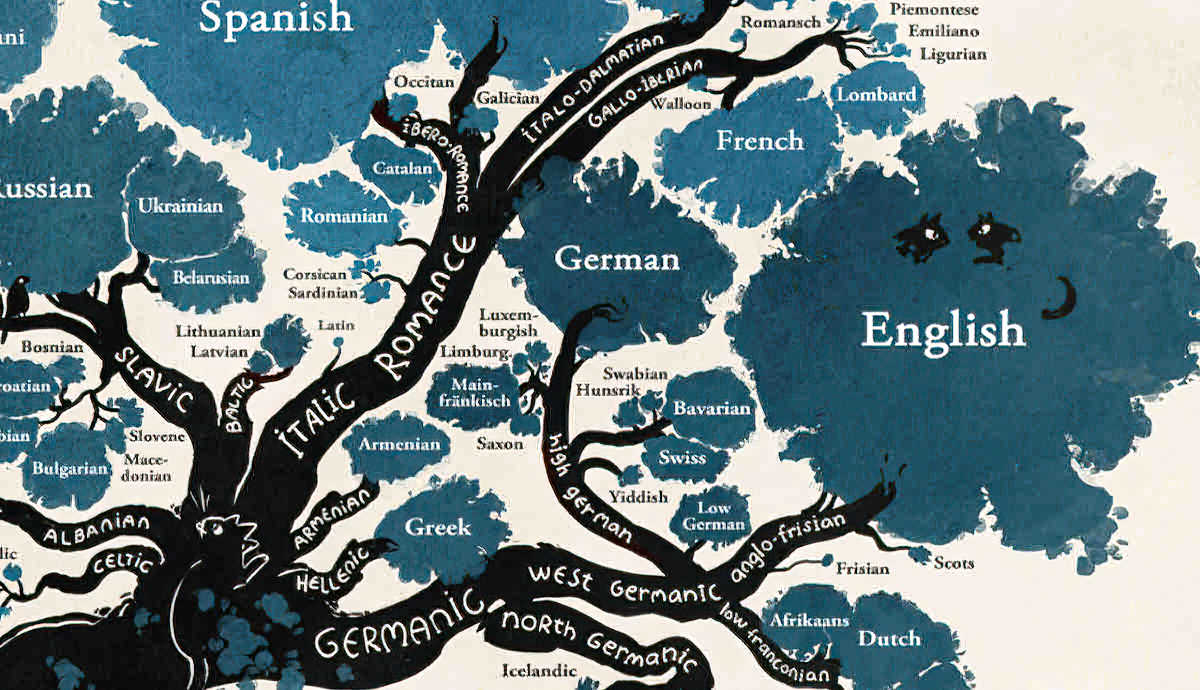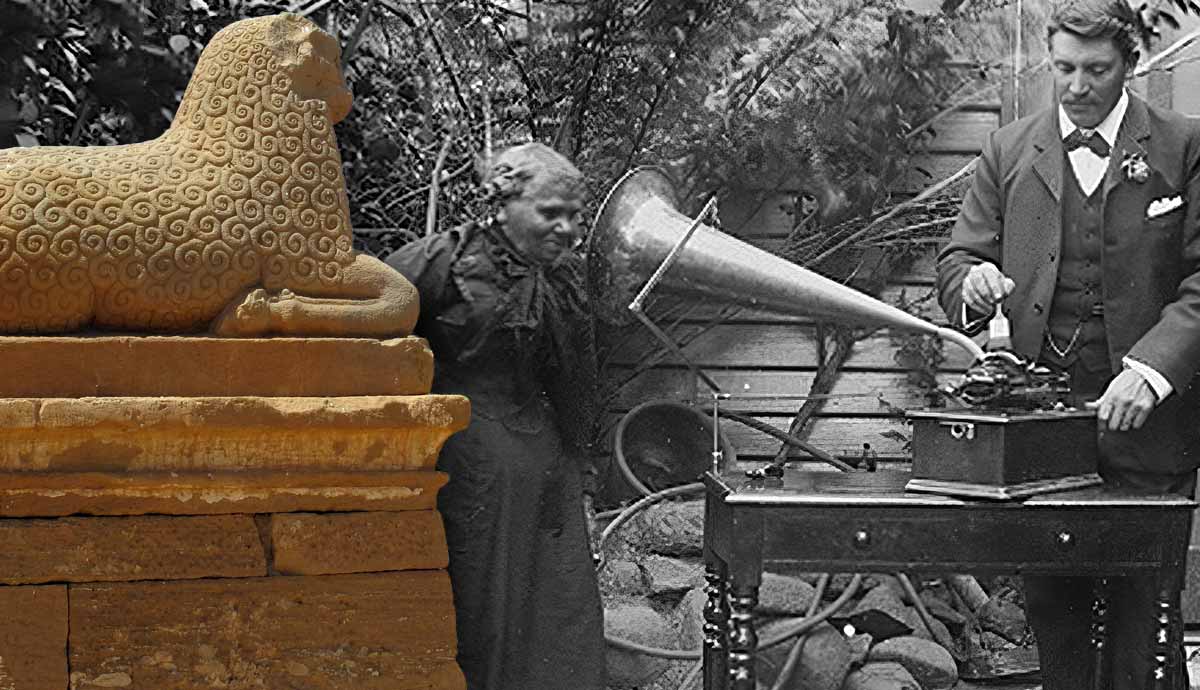
In 1939, World War II erupted in Europe. This war, mechanized with tanks, trucks, and fighter planes, was faster and more mobile than any previous conflict. To gain an advantage over similarly matched rivals, both the Allied and Axis powers added a significant new element to their war strategy: deception. Spies, saboteurs, special forces, scouts, and even scientists were dispatched to outwit, confuse, and intimidate the enemy. From undercover spies to codebreakers, these masters of deception ultimately helped the Allies win the war by learning the military secrets of Nazi Germany and imperial Japan… while still safeguarding their own. The strategies used and lessons learned would later be utilized by both superpowers during the following Cold War.
Importance of Deception in World War II

Spies and saboteurs have been features of warfare since ancient times, using stealth, camouflage, and disguise to get past enemy lines and access sites and/or information of importance. If caught, punishment was usually death. Sometimes, spies and saboteurs merely disrupted and slowed enemy operations. Other times, however, their actions could drastically change the entire course of a war. During World War II, when all of the world’s major powers devoted a full mobilization of resources toward winning the conflict, the use of espionage and sabotage as formal military tools increased significantly over previous wars.
Both Axis and Allied nations used intelligence agencies to engage in espionage, sabotage, and counterespionage. To help their respective militaries on the battlefield, these agencies and their related military units used deception to intimidate, confuse, or delay the enemy. One of the first such agencies was the Abwehr of Nazi Germany, which was founded in 1921. The secret police agencies of Nazi Germany, fascist Italy, imperial Japan, and the Soviet Union during the 1930s led to organized espionage, counterespionage, and sabotage operations during the war to come. Surveillance tools used domestically could be turned against foreign enemies.
1940: British Blackouts and Decoys Confuse the Germans

When World War II erupted in Europe in September 1939, observers felt it would be a slow, brutal slog between France and Germany akin to World War I. Instead, the new German Blitzkrieg tactics resulted in France falling within just six weeks after the May 1940 invasion. The Nazis quickly turned their eyes toward Britain and commenced with the Blitz—a massive bombing campaign. Millions of Britons feared an eventual amphibious invasion of the island, with thousands of German troops storming north across the English Channel from France.
To both confuse German bombers in the skies and German spies on the ground, Britain quickly engaged in nighttime blackouts and removed street signs. If the Germans could not easily locate targets, they would have a hard time planning an invasion. Going a step further, the British set up fake airfields and industrial sites, using props, decoys, and moving lights, to lead German bombers astray. Ultimately, the planned German invasion of Britain, Operation Sea Lion, never occurred, and German forces were diverted to invade the Soviet Union in 1941.
1941: Soviet Spy Helps Save Moscow

When Germany invaded the Soviet Union on June 22, 1941, Soviet Premier Joseph Stalin was caught by surprise as a nonaggression pact had existed between the two nations since 1939. Stalin’s regime, however, had been warned the month before that an attack was imminent. In Tokyo, a Soviet spy, Richard Sorge, was posing as a German journalist and had gleaned crucial information about Germany’s war plans from employees of the German embassy. As war raged between Germany and the USSR, he continued to send communications to Moscow to help his country.
Famously, Sorge was able to confirm that Japan was not planning to invade the USSR from the east, freeing up hundreds of thousands of Red Army troops in Siberia. Many credit Sorge’s intelligence reports with saving Moscow by allowing ample reinforcements from the Russian Far East, significantly impacting the entire course of the war. Unfortunately for Sorge, the Japanese tracked down his communications and captured him. He was executed in 1944, and only two decades later did the Soviet Union publicly recognize his service.
1942: Operation Pastorius Targets the United States

Richard Sorge reported to Stalin that Japan was aiming at the South Pacific, including striking Hawaii, rather than the Russian Far East. The attack on the US Naval Base at Pearl Harbor, Hawaii, on December 7, 1941, brought the United States into World War II. Germany and Italy declared war on the United States immediately after the US declared war on Japan, bringing the war to the entire northern hemisphere. Germany attempted to disrupt the growing US war effort through an espionage and sabotage ring in Operation Pastorius. Spies were actually deposited on the New York and Florida coasts in June 1942 by submarines.
Extensively trained in the use of explosives, the two teams of spies brought thousands of dollars in US currency ashore with them to allow for easy travel. Fortunately for the Allies, the German saboteurs were supposed to begin attacking industrial targets only after becoming fully integrated into American society. One saboteur, George John Dasch, immediately turned himself in to the FBI. With his help, the rest of the eight were captured by the end of the month. Dasch’s defection resulted in a 30-year prison sentence, with six of the remaining seven sentenced to execution for espionage. None of the objectives of Operation Pastorius had been met, embarrassing the Nazis.
1942-45: The Office of Strategic Services (OSS)

Operation Pastorius was akin to a Hollywood thriller, featuring English-speaking German spies planning to sow terror and confusion in attacks on America’s industries. As the German submarines were crossing the Atlantic to deposit the saboteurs, the United States was creating the Office of Strategic Services (OSS) by presidential executive order. William J. Donovan, a decorated and daring World War I veteran, was chosen to lead the agency after initially being tasked with determining Britain’s ability to fend off a German invasion in 1940. In Europe, OSS commandos parachuted, snuck, or floated behind German lines to help partisans (anti-Nazi guerrillas) wreak havoc.
In both Europe and the Pacific, OSS teams used deception tactics to confuse and intimidate the enemy, often by spreading false rumors of major upcoming attacks. Locals would often help the OSS by serving as spies and scouts, reporting back on German or Japanese troop locations. At its peak, the OSS employed some 13,000 Americans, 7,500 of whom served overseas, and is credited with scoring victories that helped shorten the war and save Allied lives. Among the famed OSS exploits are a former major league baseball player tasked with potentially assassinating a German nuclear scientist, and a Hollywood star who braved German fire to deliver intelligence to Yugoslav partisans.
1943: Operation Jaywick Hits the Japanese in Singapore

While most deceptive exploits during World War II that were memorialized in film occurred in Europe or the United States, some occurred in Asia and the Pacific. During the evacuation of Singapore in December 1941, British and Australian sailors realized that the Japanese aircraft attacking the city largely ignored civilian fishing vessels. A plan was created to use such fishing vessels to slip unnoticed past the Japanese. In autumn 1943, British and Australian commandos disguised themselves as fishermen to attack Japanese vessels in Singapore’s harbor.
The mission, which involved the commandos canoeing on smaller vessels from their fishing boat under the cover of darkness, successfully disabled seven vessels using explosive mines. William Donovan wanted the American OSS to help with deception operations in Asia and the Pacific, but was denied access to the Pacific Theater by US commander General Douglas MacArthur, who disdained the intelligence service. OSS operatives engaged in espionage, sabotage, and the spread of anti-Japanese propaganda, as well as scouting missions ahead of Allied invasions of Japanese-held territory.
1939-45: Bletchley Park and Signals Intelligence

Not all deceptive missions were completed by commandos. When World War II erupted, both the Allied and Axis Powers used coded communications to send information that the other side could not decipher. Whichever side could decipher the other’s communications would have a crucial advantage in the war by being able to learn troop movements, attack plans, and supply conditions. Codebreakers could learn the enemy’s strengths and weaknesses and direct armies accordingly. The most famous Allied codebreakers were stationed at Bletchley Park in Britain, with almost 10,000 people working there at the peak of the war.
In January 1940, British codebreakers cracked the German Enigma code for the first time with the ULTRA program. However, the Allies had to be careful to maintain the appearance that they had not cracked the code, as the Germans would quickly change their code if they knew it was broken. The Allies had to allow some German victories, such as against shipping in the Atlantic, to continue. By late 1942, the Germans suspected their original code had been broken and added another layer of encryption. In the Pacific, the Americans cracked Japanese codes as part of the MAGIC program, which was combined with ULTRA to get a fuller look at Axis operations.
1939-45: Forced Laborers Sabotage German Arms

The failure of Operation Pastorius to damage the American home front was not the only intelligence failure for Germany. To keep its massive war machine going, the Nazi regime used forced labor from its occupied territories and slave labor in concentration camps to work in factories, farms, and munitions plants. Many forced laborers and concentration camp prisoners, as well as anti-Nazi members of the German resistance, bravely engaged in acts of deception to slow down the Nazi war effort. Getting caught engaging in sabotage was almost always a swift death sentence.
Many laborers feigned incompetence to slow down their work, while others engaged in more dangerous deception. Some munitions workers intentionally sabotaged artillery shells so that they would not explode, resulting in decreased effectiveness of German artillery at the front compared to the Allies. Others sabotaged vehicles that were used by the Germans so that they would frequently break down, wasting time and resources. Members of the German resistance disabled phone lines, slowing communications and draining resources from the war effort.
1944: Allied “Ghost Army” Tricks the Germans

After the Soviet victories in the Battle of Stalingrad and the Battle of Kursk, it was clear that Germany could not win the war in Europe. But defeating the Nazi regime to the point of unconditional surrender, as decreed by the Cairo and Tehran Conferences, would require retaking Western Europe by force. The Germans watched anxiously to anticipate when and where the Allies would invade occupied France. To trick them, the Allies used inflatable and other dummy tanks to hide when they moved real tanks and increase the perceived size of their tank forces. The American “Ghost Army,” mobilized in January 1944, used various means to mislead the Germans.
The unit of only 1,000 men was equipped with enough decoys and radio tools to simulate a force thirty times its size. After D-Day, the Ghost Army fooled the Germans into making strategic errors using fake radio traffic, decoy equipment, artist-created camouflage and optical illusions, and other trickery. Similar units also engaged in such deception in Italy, where they used sonic deception (playing tank noises over loudspeakers) to draw enemy fire. While the Axis forces were firing on dummy tanks equipped with loudspeakers, real Allied tanks could launch successful surprise attacks.
1940-44: The French Resistance

In Nazi-occupied France, the French Resistance engaged in countless acts of espionage, sabotage, and deception to weaken the German position. As D-Day approached, up to half a million French citizens were connected to the resistance movement in some way. Many assisted the Americans and British with tricking the Germans through acts of deception, such as reporting false information. They also spread anti-German propaganda to bolster French morale and decrease local support for the occupation, as well as providing cover for Allied spies and downed airmen who could report crucial information back to Britain.
After the D-Day invasion on June 6, 1944, the French Resistance transitioned to a more active military role under the French Forces of the Interior umbrella. These fighters ambushed German troops heading to the front, easing the advance of the Allies. Others shut down roads and electrical grids, keeping German units isolated and making them easier targets for the American and British armies. By the end of August, Paris had been liberated, and the French Resistance was largely re-incorporated into the French military. During the course of the German occupation of France, the French Resistance made the Nazis’ goals harder to attain.
December 1944: Operation Greif

While the Allies enjoyed many successful deceptive ruses against the Germans during the spring, summer, and autumn of 1944, the Germans were able to return the favor in December. In September 1943, German commandos had shocked the world in a daring raid that rescued imprisoned Italian dictator Benito Mussolini. Its commander, Lt. Col. Otto Skorzeny, was now tasked with sowing chaos among the Allied armies pushing into Germany from France. When the Germans counter-attacked en masse in the Ardennes Offensive, Skorzeny’s commandos hit key targets in the Allied rear.
Operation Greif was designed to confuse the Allies by deploying English-speaking German troops using captured US equipment and uniforms. A rumor erupted among the Germans, and spread to the Allies, that these “undetectable” German commandos would assassinate Supreme Allied Commander Dwight D. Eisenhower. This led to Eisenhower and other generals being kept securely hidden, slowing Allied responses early in the Ardennes Offensive. Fortunately for the Allies, however, the number of German volunteers actually fluent in English was very small, as was the available amount of American equipment. The reduced number of Greif commandos committed less destruction than planned, preventing the possibility of a German victory.










